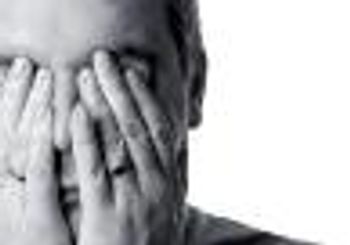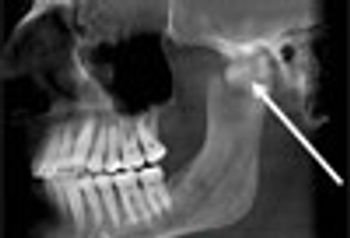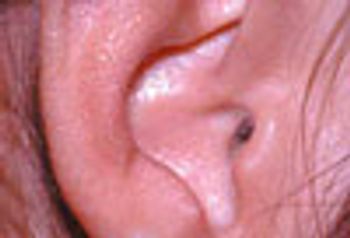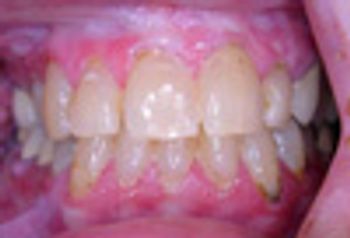
Attention to ADD seems to be escalating. It almost seems to be a fad. Doesn’t everyone want to be able to focus better?

Attention to ADD seems to be escalating. It almost seems to be a fad. Doesn’t everyone want to be able to focus better?

Medication is seldom necessary. Education is the key element of therapy. An explanation of the process and a discussion of possible triggers-lack of sleep, stress, missed meals etc-is the most key intervention.

Go-for-the-Glory Quiz: Pruritic Feet; HTN and Sleep; Red Eye; Dysphagia

Sleep-disordered breathing and behavioral sleep disturbance in young children may lead to learning disabilities.

Recognizing the distribution of adverse effects, drug interaction profiles, metabolism, and cytochrome substrate activity may help clinicians address sleep issues more effectively.

A big concern is that sleep affects memory performance and concentration, much-needed skills in the classroom.

With proper assessment and treatment, primary care physicians can help improve their sleep habits and quality.

Many patients find cognitive behavioral therapy effective for management of their insomnia, but there aren’t enough clinical psychologists trained in the area.

Skills quiz: Chondrodermatitis nodularis helices; Keratoses; OSA; Parotid swelling and HIV; Limbal flush

Short-term sleep deprivation reduces insulin sensitivity in peripheral tissue, including fat cells, possibly leading to type 2 diabetes mellitus or obesity.

Insomnia can have serious consequences for patients who already have high blood pressure, according to a new study presented at the American Heart Association’s High Blood Pressure Research 2012 Scientific Sessions.

October 11th is National Depression Screening Day. But how do you screen, diagnose, and treat effectively given the time constraints of busy office practice?

Consider OSA in your the differential diagnosis in patients who present with nightmarers. Continuous positive airway pressure (CPAP) can provide effective treatment.

Benzodiazepines are overprescribed and abused; are increasingly responsible for emergency room visits; and are contraindicated for patients with chronic pain.

For many patients with diabetic peripheral neuropathy, severe pain can be controlled to a degree sufficient to improve their quality of life. Here: effective management strategies, including topical agents, oral medications, and nonpharmacological therapies (eg, acupuncture and transcutaneous nerve stimulation).

Neither chlorthalidone nor spironolactone can be ignored in today's antihypertensive armamentarium. Both agents, alone or in combination, have appealing indications.

For most patients who have had low back pain for less than 6 weeks, there is little need for imaging studies.

Obesity hypoventilation syndrome (OHS) shares clinical symptoms with obstructive sleep apnea (OSA) such as daytime sleepiness, headaches, and memory problems. Both the symptoms and their sequelae, however, can be much more severe in OHS. Here, guidance on what to look for and how to manage OHS.

A 62-year-old man with a persistent snoring problem presented for an oral medicine consultation. There was no history of jaw trauma or jaw fracture; jaw function was normal and the patient was not in pain.

These innocuous lesions of the outer ear may arise spontaneously or after trauma or surgery. Both auricular seroma and pyogenic granuloma usually resolve satisfactorily after minor surgery, though they may recur.

Diagnostic challenge: Two case reports of easily treated and innocuous causes of lesions in the outer ear. Chondrodermatitis nodularis helicis is associated with long cellphone use. Verruca vulgaris is caused, like all other warts, by human papillomavirus.


A 52-year-old woman presents with severe intra-oral ulceration and oral pain. She reports that several years earlier, she had been taking cephalexin when severe intra-oral ulceration developed.

I recently read a study in JAMA entitled “Quality of Life, Burnout, Educational Debt, and Medical Knowledge among Internal Medicine Residents.” Over half (51.5%) of the 15,000 medical residents in the study cohort reported overall burnout and high levels of emotional exhaustion and depersonalization.

Following on the heels of the obesity epidemic, a second epidemic has become apparent-sleep-disordered breathing and its effect on esophageal conditions, primarily gastroesophageal reflux disease (GERD). Many, many primary care providers have heard the following complaint: “I gained 10 pounds and now I have heartburn/cough/worsening asthma” (take your pick). What’s going on?